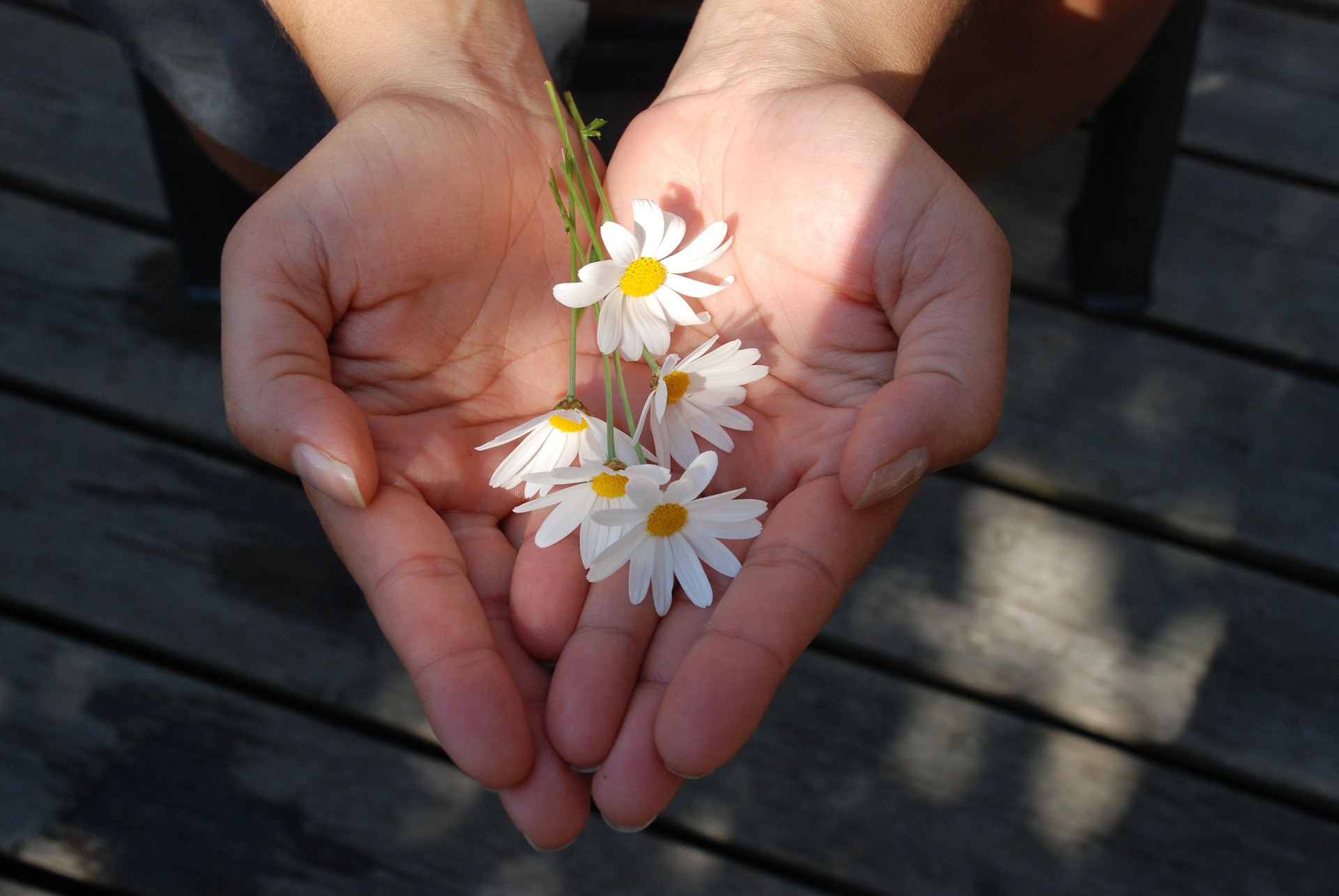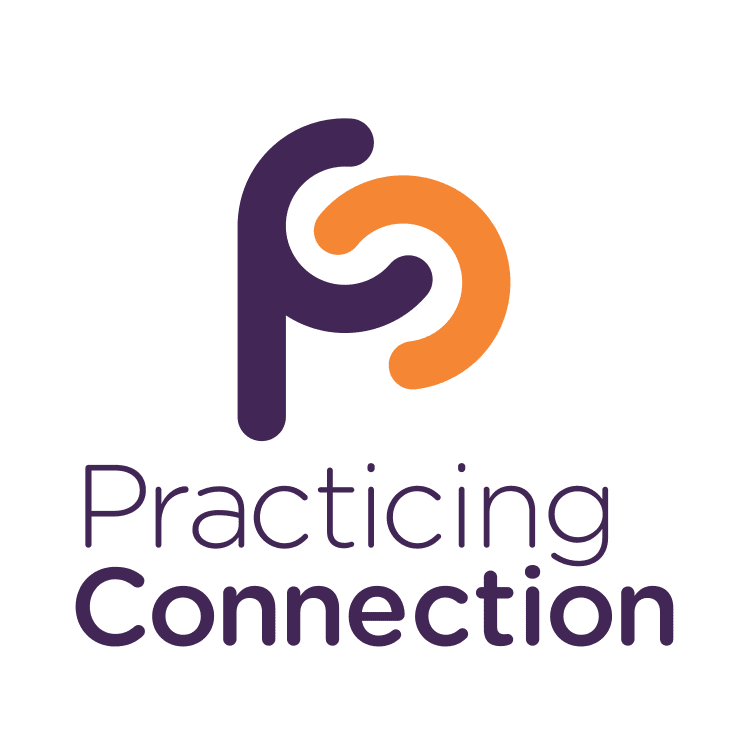
(Season 5, Episode 13)
We are offered gifts from others every day. The hard part is often noticing them and recognizing them as gifts. Once we do, it has the potential to unlock amazing possibilities in our communication and collaborative relationships.
In this practicast, special guest Shannon Hughes of Enlivened Studios talks with Jessica about how the applied improvisation practice of “Noticing Offers and Seeing Them as Gifts” can help us in our lives and work.












